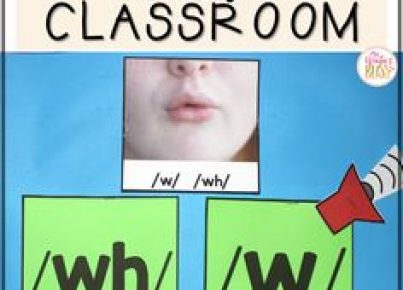Introduction
Learning styles are an essential aspect of education that impact both student performance and teacher effectiveness. Teachers must recognize and understand these learning styles to create a conducive learning environment for their students. This article explores what learning styles are, their importance, and how teachers can use them to enhance student experiences.
What are Learning Styles?
Learning styles refer to the various ways individuals process and retain information. They describe a person’s preferred method of gathering, interpreting, organizing, and thinking about new information. Various models categorize learning styles differently, but some of the most common include:
1. Visual Learning: Visual learners process information effectively when presented in charts, diagrams, or other visual aids.
2. Auditory Learning: Auditory learners absorb information best when it is spoken or heard.
3. Kinesthetic Learning: Kinesthetic learners prefer hands-on experiences or physical activities to understand new concepts.
4. Reading/Writing Learning: Reading/writing learners effectively gather information through reading text or writing about the material they learn.
Why are Learning Styles Important?
Understanding different learning styles has several benefits for both students and teachers:
1. Enhances Students’ Understanding: A tailored approach to teaching can help clarify complex topics and improve comprehension by addressing each student’s preferred learning style.
2. Encourages Active Participation: Students feel more engaged when lessons match their preferred learning style, promoting participation in classroom discussions and activities.
3. Boosts Confidence: When students experience success through tailored teaching methods, their confidence and motivation increase.
4. Personalized Education Experience: Customizing instruction according to learning styles ensures that no student is left behind due to a one-size-fits-all approach.
How Should Teachers Use Learning Styles?
Teachers can implement various strategies based on understanding their students’ learning styles:
1. Offer Diverse Instructional Methods: Teachers should incorporate visual aids, auditory explanations, hands-on activities, and reading/writing assignments in their lessons to appeal to a range of preferences.
2. Cater to Multiple Learning Styles Simultaneously: Presenting material in diverse formats at once can engage multiple learning styles and foster a deeper understanding.
3. Foster Collaborative Learning: Teachers can encourage students with different learning styles to work together on projects or assignments, promoting active engagement and shared understanding.
4. Adapt Assessments: Varying assessment formats, such as oral presentations, written essays, or practical tasks, enables students to perform at their best based on their preferences.
5. Maintain Flexibility: Educators must be willing to adjust teaching methods based on student feedback and ongoing assessments of class progress.
Conclusion
Teachers play a vital role in facilitating the growth of every student by recognizing and adapting their teaching style to meet each student’s unique needs. Understanding learning styles and employing strategies that cater to them can have a profound impact on student success, resulting in a more inclusive, engaging, and effective classroom experience for all involved.



